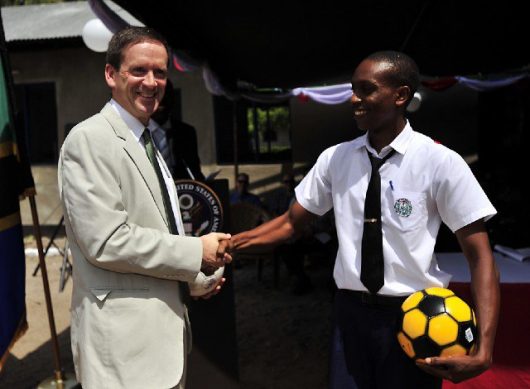 On August 7th, Mark Andrew Green became the 18th administrator of the U.S. Agency for International Development. USAID is the part of the executive branch responsible for furthering international development.
On August 7th, Mark Andrew Green became the 18th administrator of the U.S. Agency for International Development. USAID is the part of the executive branch responsible for furthering international development.
As Administrator, Mark Green is responsible for leading this charge. His vision of international development has the potential to affect the lives of millions of the global poor. With that in mind, it’s important that we know who exactly he is. Here are the 7 most important things to know about Mark Green.
- He used to be a member of Congress. Mark Green was a member of the U.S. House of Representatives from 1999 through 2007. He represented Wisconsin’s 8th Congressional District. This is good news. It means that Green understands the ins and outs of politics and advocacy.
- He has a track record of supporting international aid. While serving as a representative, Mark Green voted consistently in support for international development. He was a member of the Congressional Human Rights Caucus. And he co-sponsored the Hunger to Harvest bill, which aimed to reduce hunger in sub-Saharan Africa.
- He has been an aid-worker himself. After graduating college, Mark Green and his wife taught English to rural Kenyans through WorldTeach. In his congressional testimony, Green reiterated how much this experience shaped his worldview, and how it will shape is work as an Administrator.
- He was the Ambassador to Tanzania. After serving as a representative, Mark Green served as an Ambassador from 2007-2009. He oversaw President George W. Bush’s first visit to Tanzania. According to Mark Green himself, his tenure as Ambassador taught him “lessons too numerous to count.” His experience in the international makes his leadership as an Administrator trustworthy and reputable.
- He’s worked in the private sector. After his ambassadorship, Mark Green remained involved in international development. Green served on the board of directors for Malaria No More and the Millennium Challenge Corporation. Most recently, Green was president of the International Republican Institute. Notably, all the organizations Green has been a part of have one important thing in common. They focus on development with the end goal of making donor countries self-sufficient.
- He has bipartisan support. Mark Green served as a Republican representative, but he has support from both sides of the aisle. Senator Tammy Baldwin, a Democrat from Wisconsin, praised him during his confirmation hearing. “He has the deep personal passion and commitment to do this job as shown through years of work in advancing our common good on the international stage,” Senator Baldwin said. And Mark Green himself promised during his confirmation hearing to “work in [a] bipartisan spirit.”
- He is knowledgeable about aid. Simply put, Mark Green understands what makes good aid policy. He consistently said that “the purpose of foreign assistance should be ending its need to exist.” In other words, Green’s goal at USAID is to end global poverty. Ensure that the world’s poor stop needing aid. And he has been clear in the steps he will take to steer USAID towards achieving this lofty goal. Specifically, he’s called for USAID to “incentivize reform, diversify our partner base,” and “foster local capacity-building” within partner countries.
You may never have heard of Mark Green. USAID doesn’t often make the front pages of newspapers. But that doesn’t make the work that Green and USAID are doing any less important. And under the leadership of Mark Green, USAID is sure to keep on helping millions of people.
– Adesuwa Agbonile
Photo: Google/span>
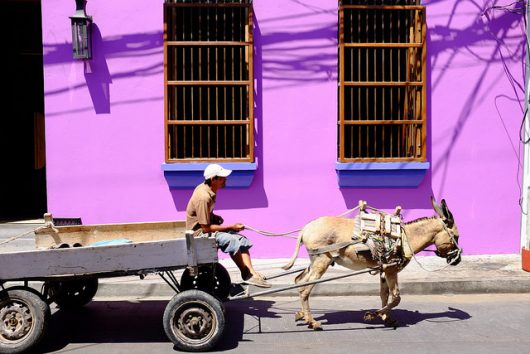 In November 2016, after four years of negotiations, the
In November 2016, after four years of negotiations, the 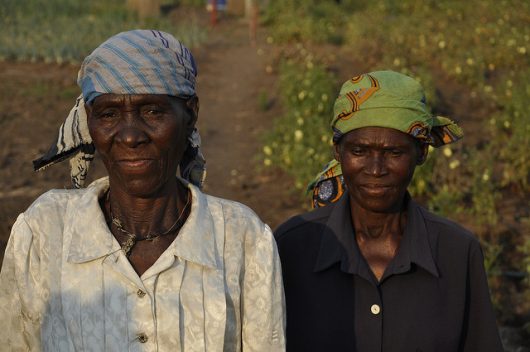 Mozambique has seen the capabilities of climate change first-hand. Rainwater from northern watersheds often cause massive floods that destroys the property of 22 million Mozambicans living on the coast. Seasonal rains, cyclones and tropical storms also pose
Mozambique has seen the capabilities of climate change first-hand. Rainwater from northern watersheds often cause massive floods that destroys the property of 22 million Mozambicans living on the coast. Seasonal rains, cyclones and tropical storms also pose 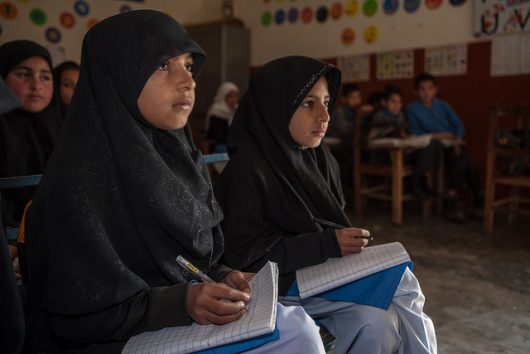 With an estimated 22.6 million children (aged 5 to 16) out of school,
With an estimated 22.6 million children (aged 5 to 16) out of school, 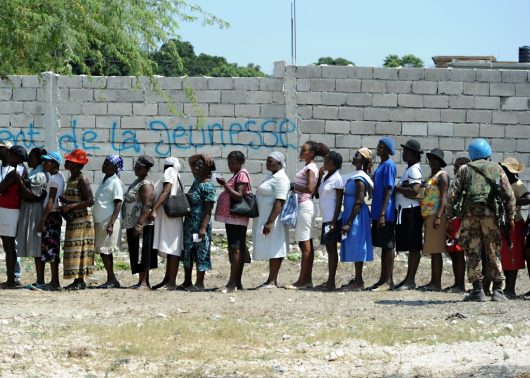 Since the earthquake that shook the small country of
Since the earthquake that shook the small country of 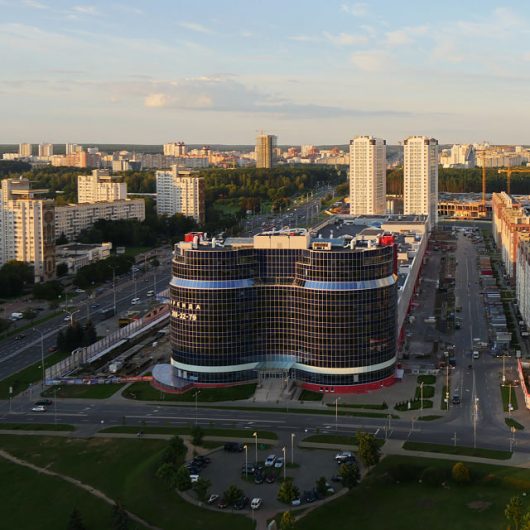 Belarus is a
Belarus is a 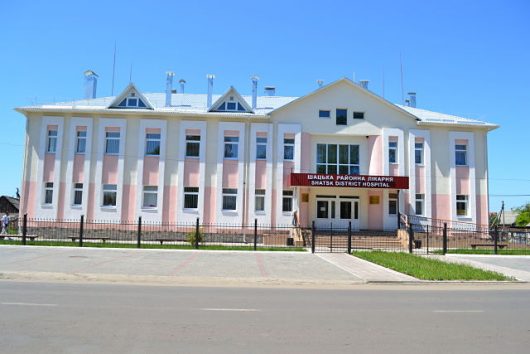 Hepatitis C is an infection transmitted by contact with infected blood or other body fluids that can result in fatal liver disease. The World Health Organization (WHO) reports that Hepatitis C infects
Hepatitis C is an infection transmitted by contact with infected blood or other body fluids that can result in fatal liver disease. The World Health Organization (WHO) reports that Hepatitis C infects 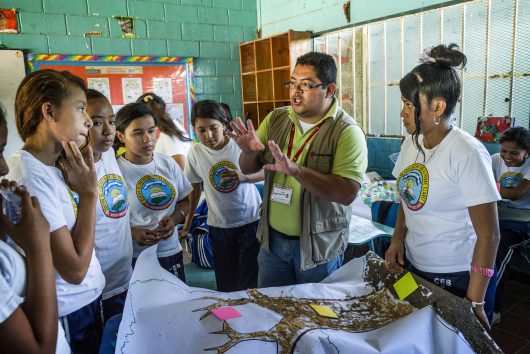 San Pedro Sula, Honduras is one of the most dangerous cities in the world. Thus, organizations and local leaders are combating gang violence in Honduras by helping young people find and make their own families.One teenager skateboards with friends he considers brothers. Another works on diagramming a family tree. Others join in soccer
San Pedro Sula, Honduras is one of the most dangerous cities in the world. Thus, organizations and local leaders are combating gang violence in Honduras by helping young people find and make their own families.One teenager skateboards with friends he considers brothers. Another works on diagramming a family tree. Others join in soccer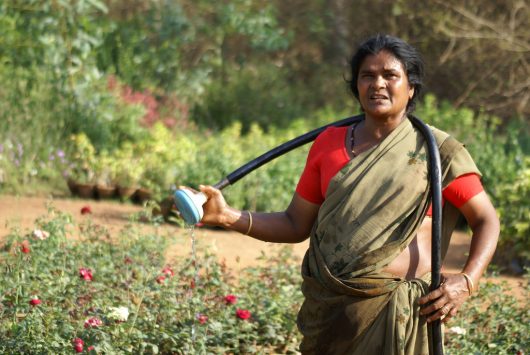 India is the second most populous country in the world and hosts
India is the second most populous country in the world and hosts  The
The